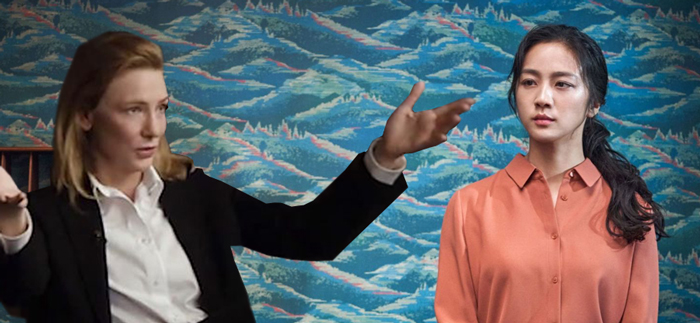Student Blog: Theater Unicorns

Last week I was invited to attend a dress rehearsal for the Summer Theater of New Canaan’s TYA production of “The Wizard of Oz”. I was told to arrive at 10:00am for a particularly early morning – intentionally for the younger audience members of STONC.
Luckily, I had the opportunity to sit down with the show’s director, choreographer, and set designer, Corinne C. Broadbent, for a quick chat before the race. I know what you’re thinking: director, choreographer AND scenographer? Oh my! But Broadbent opened my eyes to the world of ups and downs that comes with holding multiple positions in professional theater.
Broadbent explained to me that directors/choreographers are like “theatre unicorns”. Although becoming more mainstream, she admitted that the profession can be lonely – which isn’t surprising considering she was single-handedly responsible for every move on the show. There is an important collaboration between directors and choreographers that goes unnoticed, and doing both jobs is a unique creative challenge.
There is, however, an advantage to having only one vision to power a room, she explained. Broadbent noted that with more artistic control, directors/choreographers can fulfill their creative concepts more fully. There’s more room to be precise, without having to compromise choreography for staging, an undeniable aspect of STONC’s “Wizard of Oz.” With a background in choreography, Broadbent was able to breathe new life into the classic tale.
The show opened with an ambitious Dorothy, dressed in mousy (think Orphan Annie-esque) overalls, tougher than we might remember. Instead of a rousing opener, Broadbent (who in addition to doubling as director/choreographer, tripled as set designer) wanted audiences to be greeted with a dry, dusty, unforgiving depiction of Kansas. The set consisted of a single rotating four-sided “cube” in the shape of a house that never left the stage, signifying that the house was with Dorothy from the start.
Broadbent’s set design, while imaginative, was kept minimal, leaving room for expressive direction. With full control of the stage, its structure as well as its actors, Broadbent brilliantly created a space conducive to movement and suitable for large-scale choreography. Its actors were therefore clearly encouraged to “take space” and explore their roles, physically.
Our first glimpse of Broadbent’s choreographic approach began with the infamous twister. Instead of your typical tornado, Broadbent used dance, creating a beautiful ballet routine to replace the violent storm. The dancer’s performance distracts the audience’s eye, making the impressive costume changes feel all the more magical.
When we touch down in Munchkinland, it’s almost impossible not to smile. Broadbent’s choreography, filled with literal gestures and funky personality, enhanced the cast’s charming performances, allowing the ensemble to shine. Later, Scarecrow is introduced through a combination of jazzy, broadway-baby dancing, Tin man with a stiff but tender tap routine, and Lion with a number that could only fit better in an Elvis music video.
Broadbent also chose to include several musical additions that added to his choreographic vision. It included poppy flowers on pointe, a jaw-dropping number from the Wicked Witch of the West and her dancing (rather than flying) monkey, as well as several well-adapted new solos scattered throughout the cast.
But it wasn’t just Broadbent’s inventive approach that made this particular production so special to watch, it was the obvious bond between the cast and crew, a tight-knit group of talented students, that brought to the series. There really is no place like the New Canaan Summer Theater!
If you can’t find the wizard himself to request tickets, be sure to visit stonc.org and follow the yellow brick road to the “Wizard of Oz” at the Summer Theater in New Canaan until July 31!



